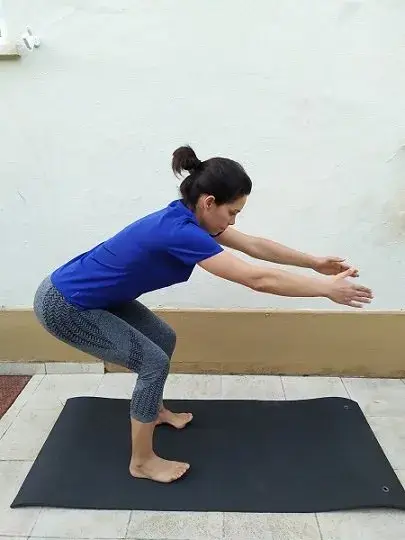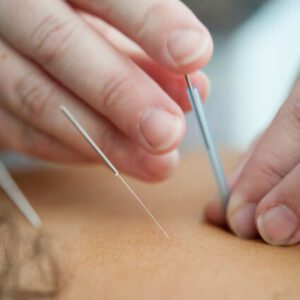
Is physiotherapy only for when we have pain?
Sometimes it is thought that a shoulder problem is exclusively related to changes in the joints, muscles, tendons and/or ligaments in that shoulder; or that a problem in the left knee originates in the joints, muscles, tendons or ligaments of that knee, and so on. Despite this fact, nowadays, we know that this is not exactly how it works.
Physiotherapy increasingly advocates a more comprehensive view of the human being, based on biomechanical principles, anatomophysiology, and relationships with other areas of knowledge (naturopathy, acupuncture, osteopathy, chiropractic, among others) .
When you see a physiotherapist to treat an inflammation of the shoulder tendons (commonly referred to as “tendinitis”), you may discover that the problem is not the tendons in front of the shoulder, but rather the shoulder blade and shoulder muscles. a dorsal spine that is too rigid or has limited movement, with “tendinitis” being a consequence. Or even that your shoulder pain actually originates in the cervical spine.
When you feel pain in your back and seek help, your treatment may include correcting a dysfunction in your foot or learning to stretch some muscles in your lower limbs. One of the methods that can be used for this purpose is Global Postural Reeducation created by Philippe Souchard, French physiotherapist, or his method with self-postures, the Stretching Global Activo.
Gray Cook, one of today’s greatest thinkers on topics like training and physical rehabilitation, defends a logic called “joint by joint approach”, that is, a joint by joint approach. This means that there are joints that are more prone to instability and that, for this reason, benefit from stability and motor control training; but there are also joints that are more prone to stiffness and, as such, that benefit more from mobility and flexibility training.

Now let’s look at some examples of this type of clinical reasoning:
Raquel (fictitious name) arrives at the office with complaints of pain in the hip and lower back region, which has been evolving for a few months, and reports increased difficulties in performing squats beyond 90º, for pain in the groin area.
The clinical history seeks to understand whether there have been injuries or complaints associated with this same joint, but questions are also asked regarding pain, injuries or discomforts associated with other regions of the body.
In Raquel’s case, there was previous trauma (grade II sprain – topic for another post shortly) associated with a sprain in the ankle joint – more than 2 years ago, with restricted mobility in dorsal flexion (the ankle bent less than the other).
In this Gray Cook logic, through dynamic assessment (with squat tests, squats with hands above the head and lunge) we were able to analyze movement restrictions, which were seen in the ankles, hips and dorsal spine.
In addition to dynamic tests, specific tests are also carried out for the affected regions and based on these restrictions, the treatment plan is defined based on manual therapies, mobilizations and therapeutic exercise.
Today, Raquel continues with her treatment plan and makes regular visits to her physiotherapist with the aim of enhancing her health and well-being, and at the same time preventing new complaints by readapting her training plan.
If she has been injured and is thinking about returning to training, or if you have doubts about what she can do to resume training, speak to your physiotherapist. One of the added values of teamwork is precisely the communication between professionals, in this case between physiotherapists and personal trainers. When recovering from injuries, this transition phase between treatment in the clinic and readaptation to movement and exercise is crucial. To help you resume training, count on the help of our Personal Trainers.
Sara Costa.
If you liked this article, share it with anyone who could benefit from this information or leave us a message.





